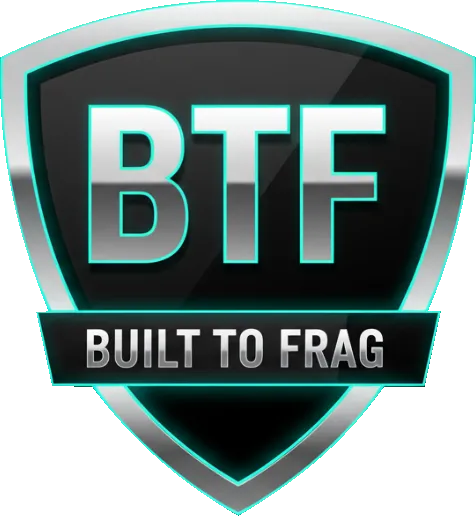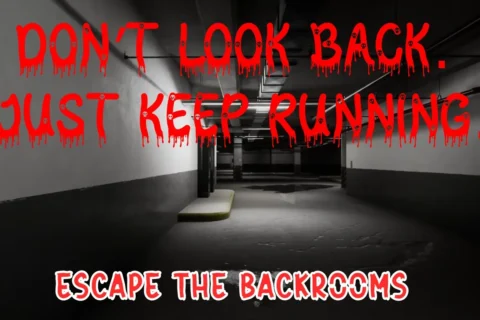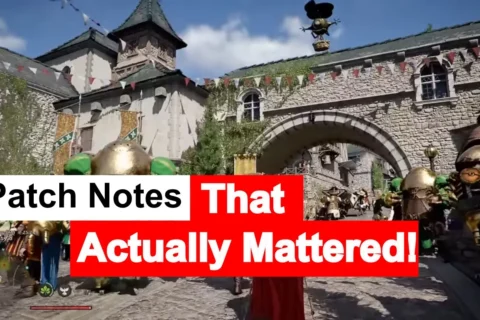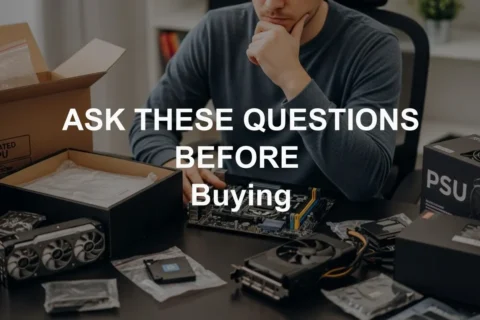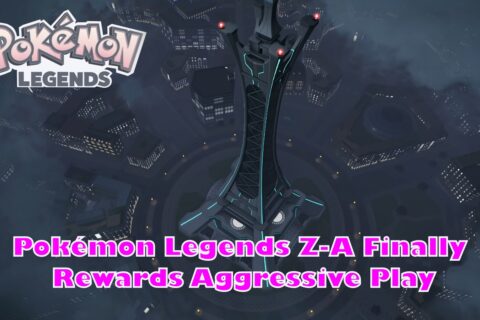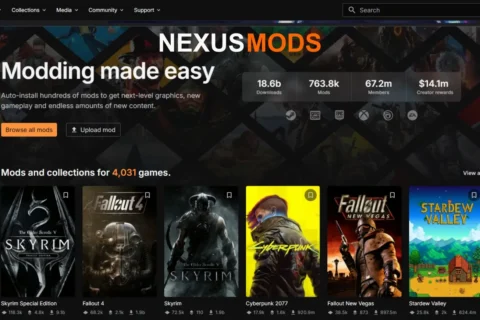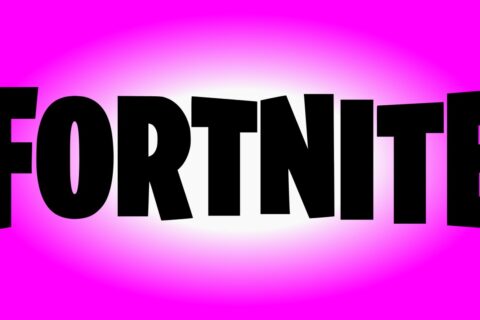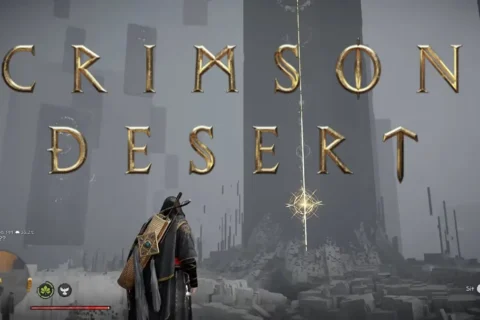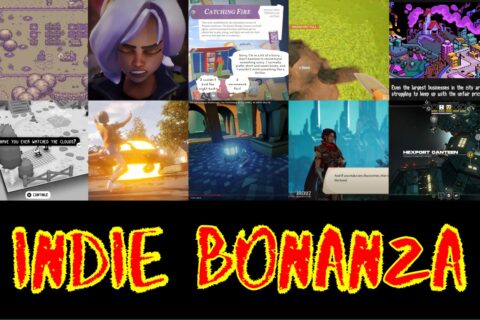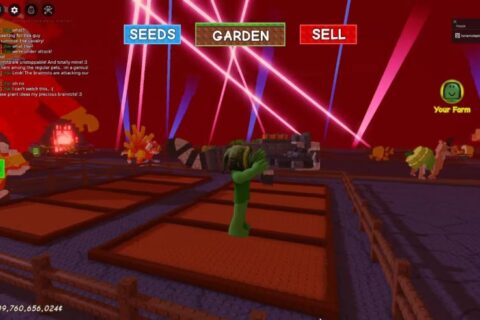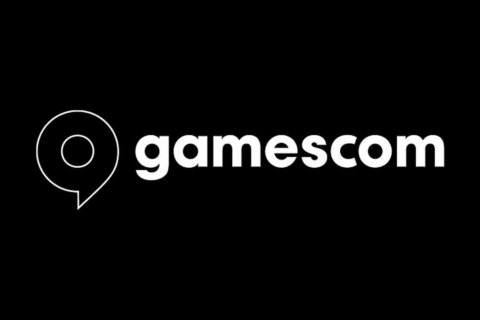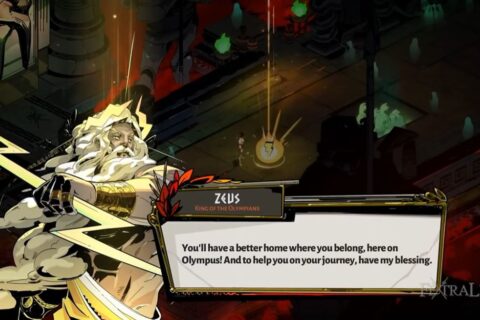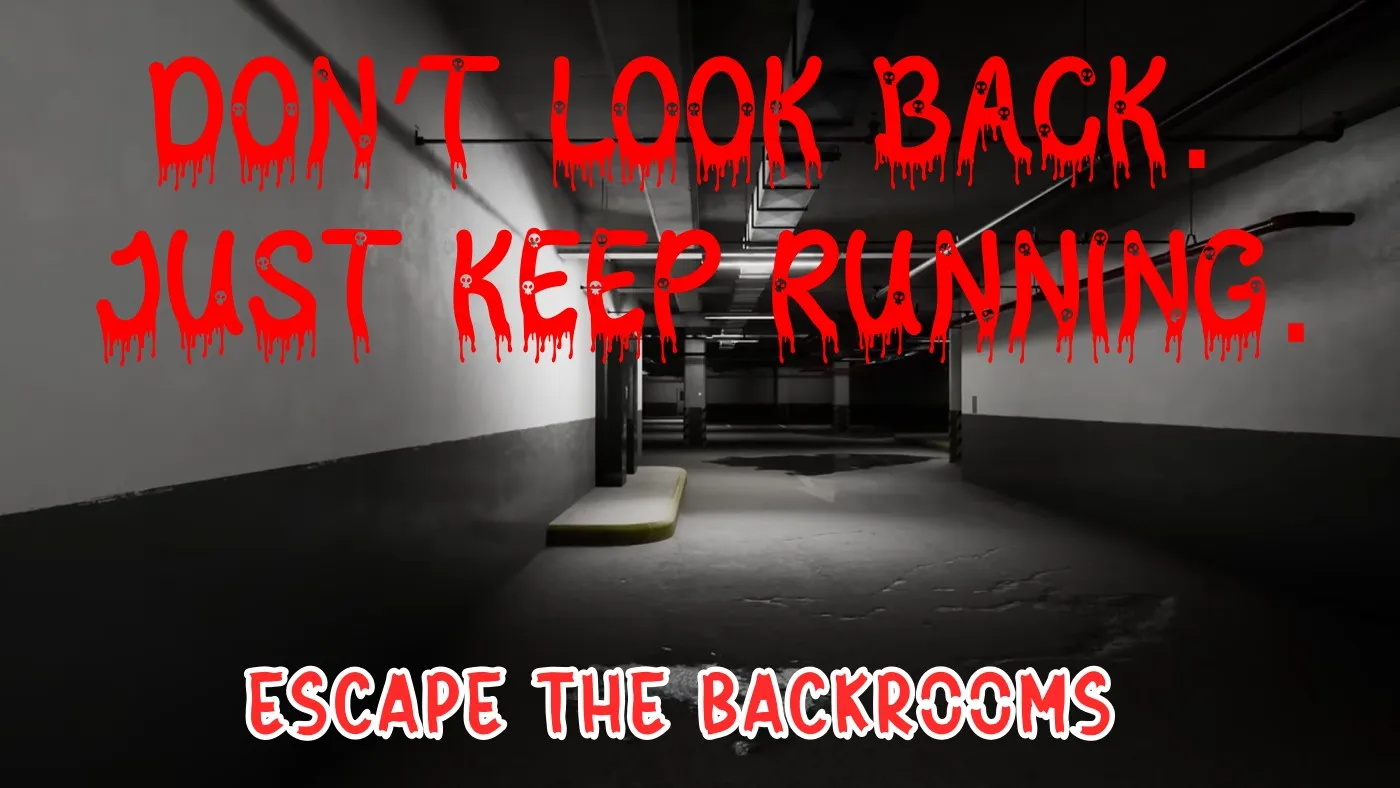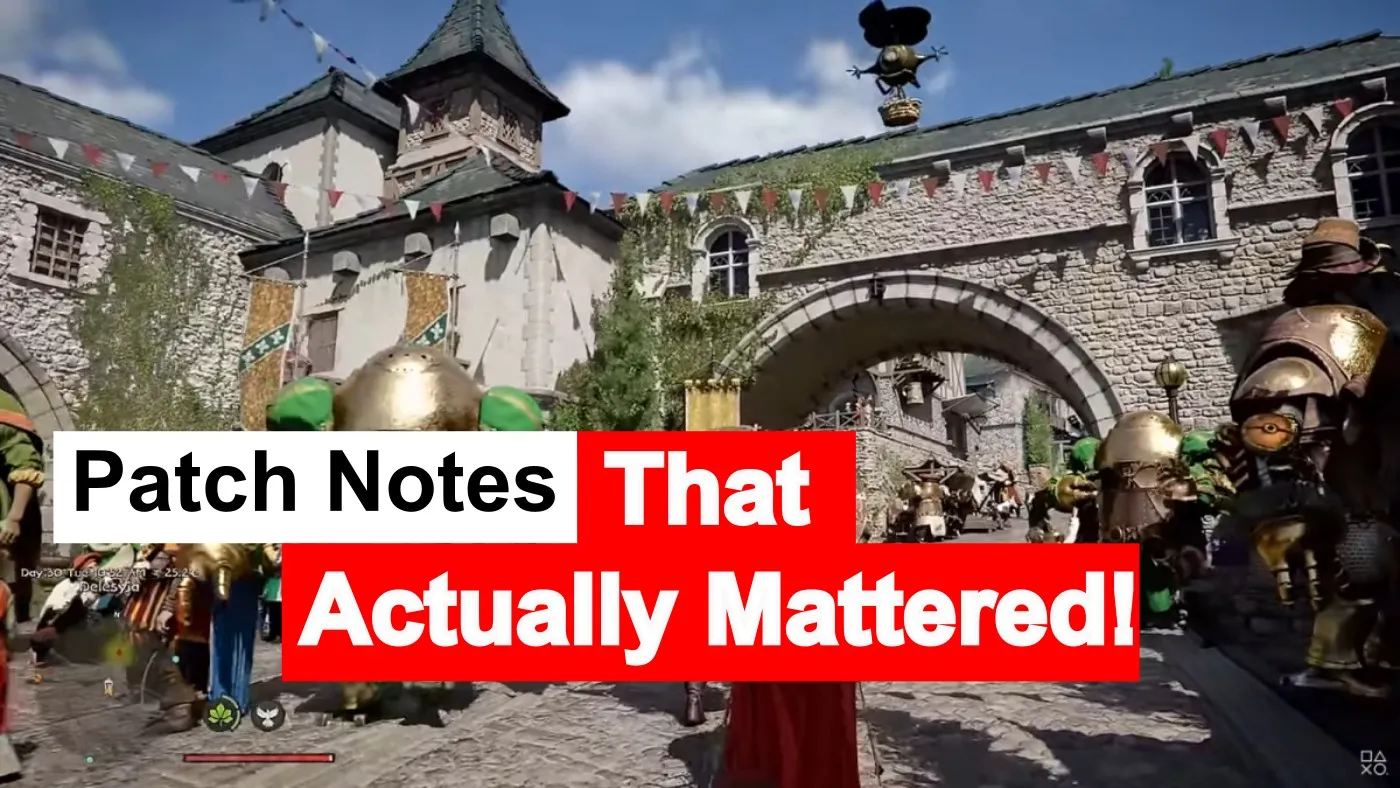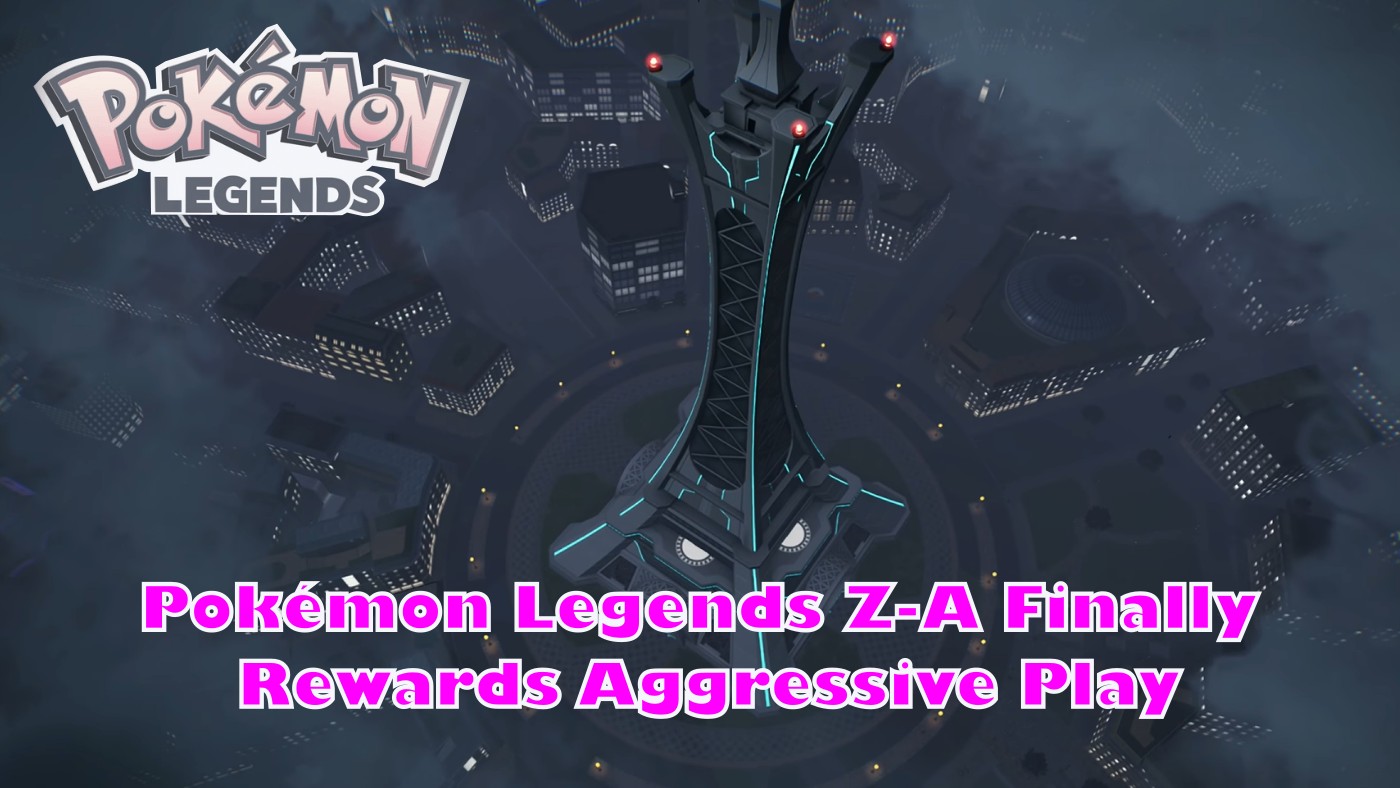Fortnite did not just redefine battle royale, it outgrew it. What launched as a last player standing experiment in 2017 is now a living ecosystem that blends shooter, sandbox, music, racing, and user generated worlds under one roof. This is the evolution of Fortnite, how Epic turned a single hit into a platform that keeps pulling players back in. It also shows how a studio that once built Unreal Tournament learned to turn its own tools into an open playground for everyone else. The game that started with panic builds and tilted towers ended up redefining what multiplayer even means.
When Battle Royale Was Only the Start
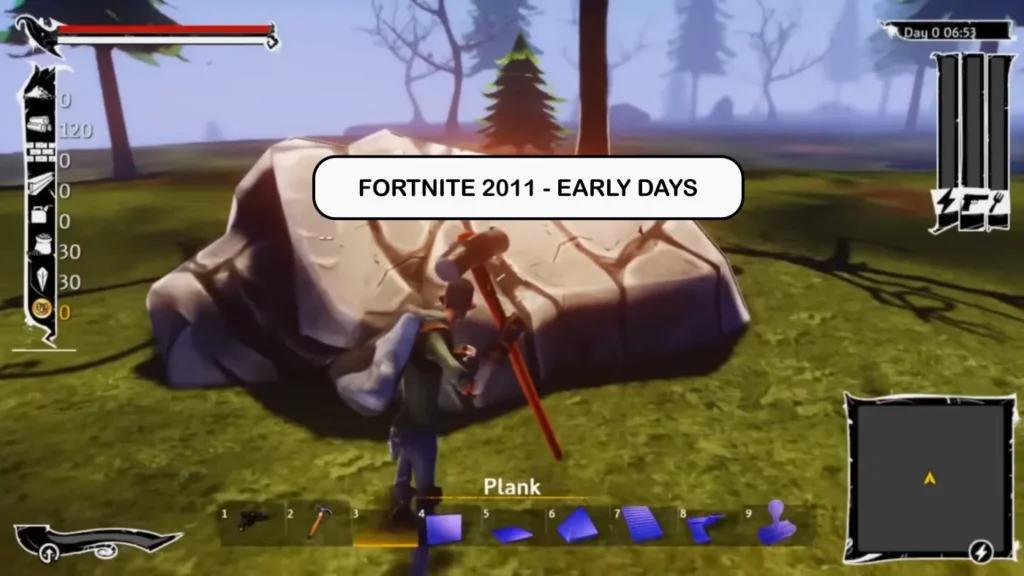
Fortnite Battle Royale arrived during a perfect storm. Building and shooting felt different, seasons gave players a reason to return, and live events taught everyone to log in at the same time. The formula was simple to explain, yet flexible enough to keep evolving. That was the seed, not the limit.
By late 2018, Fortnite had moved beyond being just another shooter. Players were showing up not only to fight, but to watch, socialize, and experiment. The cultural snowball had started rolling, powered by memes, emotes, and a constantly changing map. You could argue that this era defined the energy that keeps PC gaming’s timeless legacy alive: the drive to tweak, explore, and never let a world go stale.
The Behemoth Phase, 2017 to 2019
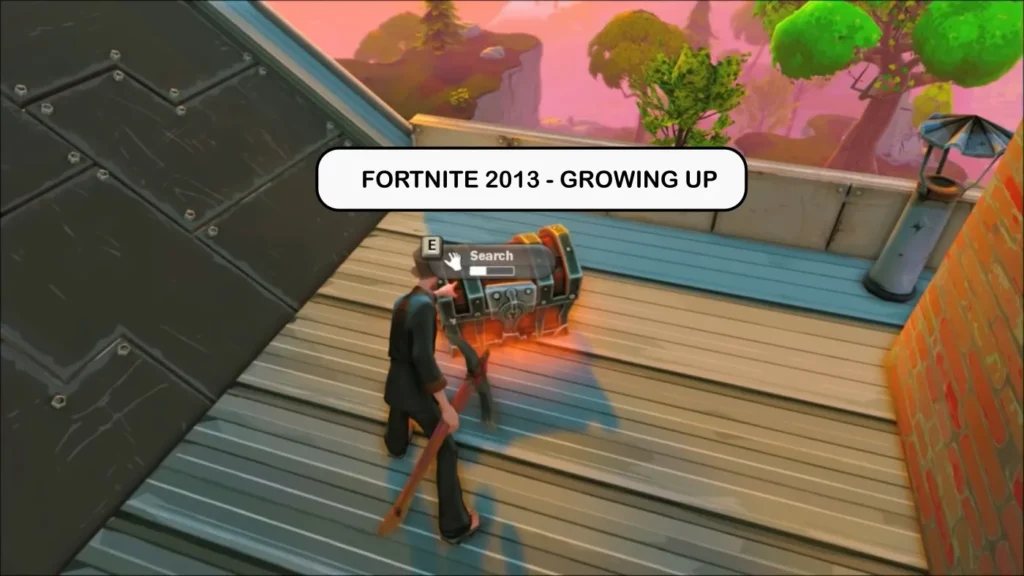
Early Fortnite grew fast because iteration was constant. New limited time modes landed, the map changed in ways that invited curiosity, and cosmetics turned into a community language. Crossovers teased a larger ambition. Super heroes dropped from rifts, a star destroyer chilled in the sky, and in game concerts turned a lobby into a digital venue. The message was clear. Fortnite was more than a queue for matches, it was a place to be.
By the time Marshmello’s concert hit, millions of players were experiencing the same moment together. That kind of synchronized spectacle blurred the line between game and event. It hinted at what Epic would eventually double down on years later with LEGO Fortnite and Rocket Racing. It also taught the rest of the industry that community scale matters more than box sales, something we explored further in indie games vs AAA trends and how smaller teams are adapting similar strategies.
Creative Sparks, 2020 to 2022
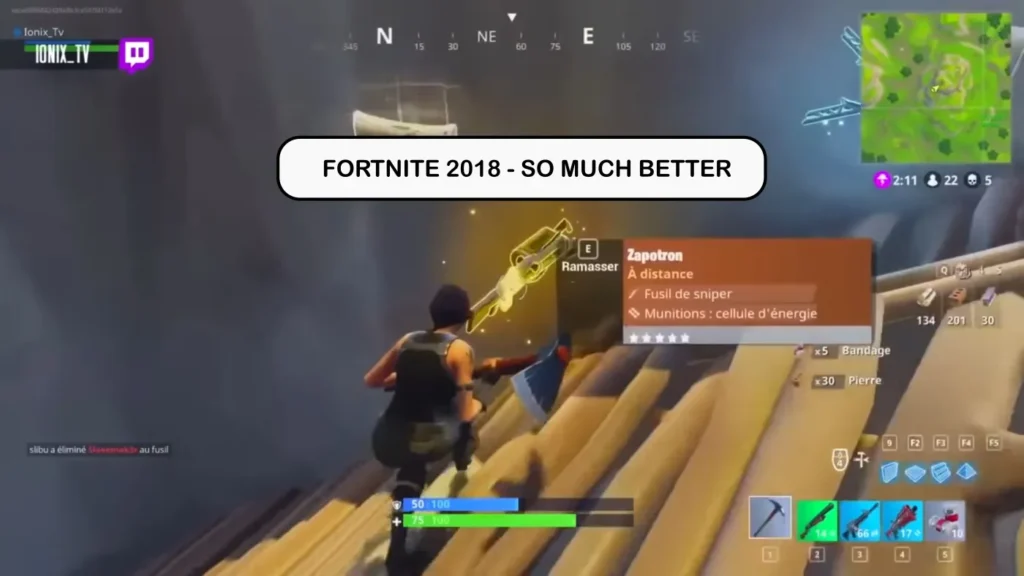
Creative Mode flipped the script. Instead of only consuming content, players could build it. Roleplay hubs, death runs, prop hunts, and social spaces expanded what the word Fortnite could mean. A creator economy started to form, which set the stage for something heavier. When UEFN connected Unreal tools to Fortnite, hobby maps matured into full productions and branded worlds. The line between developer and player got thin, which is exactly how platform ecosystems grow.
Creative 2.0, or UEFN, did more than expand options. It democratized game creation, giving regular players access to tools once reserved for professional studios. The result was a wave of creativity that reshaped what counted as “content” inside a game. It was the same kind of grassroots energy that keeps mod scenes alive in titles like Baldur’s Gate 3’s modded longevity where players take ownership of the experience itself.
The Platform Era, 2023 to 2025
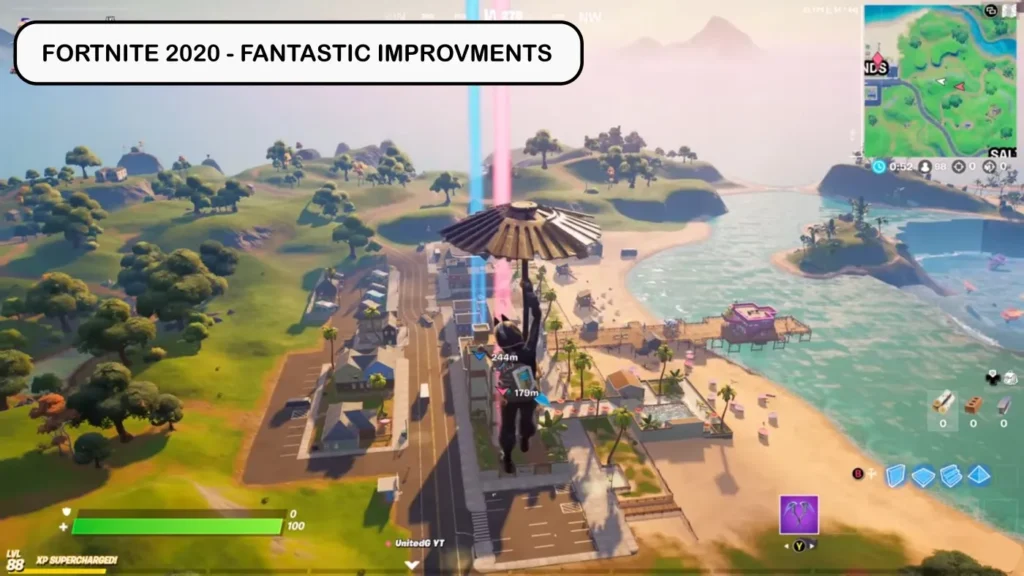
Epic made the shift explicit. Fortnite became a front door to several distinct experiences that share tech, friends lists, cosmetics, and discovery. You can drop into the classic battle royale, then swap to a rhythm set in Festival, build a base in LEGO Fortnite, or chase times in Rocket Racing. None of this requires leaving the larger ecosystem. That is the platform play in action.
Each new sub-game strengthens the others, feeding players from one mode to the next. Fortnite evolved into a launcher, not a title. This transition also highlighted Epic’s focus on long-term sustainability over seasonal spikes. It mirrors the slow but steady transformation of persistent PC worlds that never quite die, a pattern analyzed in PC gaming’s timeless legacy. Fortnite simply learned how to industrialize it.
The Evolution of Fortnite as a Platform
- One account, many genres. Progress travels with you, which lowers friction for trying new modes and invites casual discovery.
- Shared tech, faster updates. Unreal improvements benefit every mode, so features arrive in more places with less overhead.
- Discovery and retention. When a player gets tired of one mode, another is a click away, which keeps the community together.
- Creator fuel. UEFN and branded islands add a steady stream of new experiences that do not rely on Epic shipping everything.
The Business Behind the Play
Fortnite funds itself with cosmetics, a seasonal pass, and the Crew subscription. Collaborations keep the catalog fresh, while events drive peaks of interest. The platform model matters here, because a wider surface area creates more reasons to buy items that carry across contexts. It also explains Epic’s insistence on owning distribution rails and payment choice. Control the ecosystem, keep the margin, invest back into content and tools.
This model also explains why Epic’s business strategy feels more sustainable than most. Instead of endless sequels, they built a base that can morph over time. It is the same thinking behind brands learning to iterate without losing identity, something we covered when looking at tone shifts like Borderlands 4’s humor pivot and how audiences respond when tone evolves with scale.
Why It Still Matters
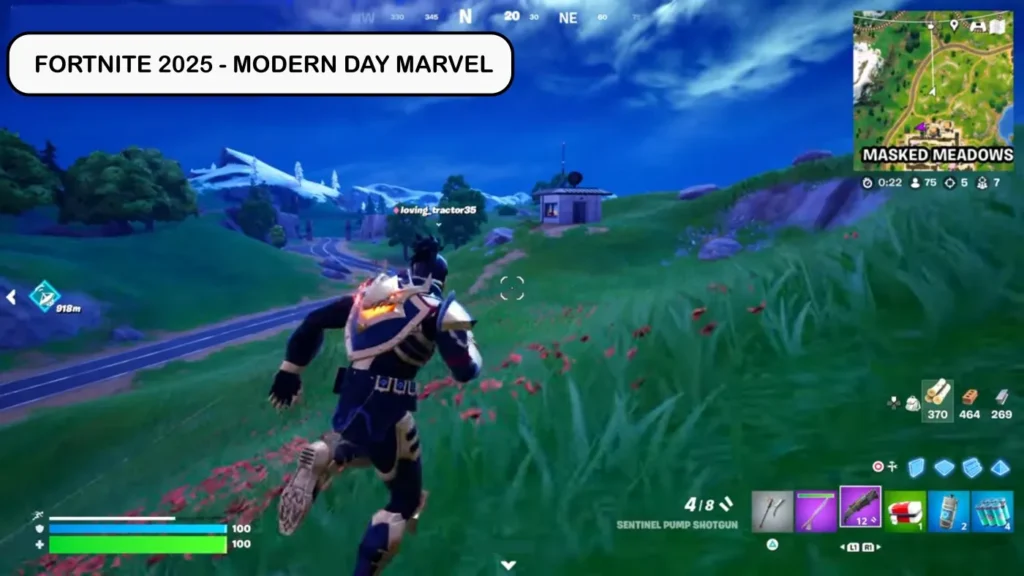
Most live service games struggle to survive one core loop. Fortnite now supports several, from survival crafting to racing to social music sessions. That range gives players more on ramps and fewer reasons to churn. It also keeps the culture conversation lively. Even people who do not play know the emotes, the collabs, and the big moments. That is reach, and reach powers longevity.
The reason Fortnite still dominates headlines is not just novelty, it is consistency. Epic built a rhythm of updates that feels predictable but still surprising. It mirrors how long-form PC experiences keep players anchored for years. For comparison, we explored this endurance mindset in our breakdown of enduring PC games and how they hold communities together long after launch hype fades.
A Timeline of Pivotal Shifts
- 2017. Battle Royale launches, seasonal structure begins.
- 2019. Live events become appointment viewing, crossovers scale up.
- 2020. Creative Mode normalizes player made maps and social hubs.
- 2023. UEFN arrives, creator tooling levels up.
- 2023 to 2025. LEGO Fortnite, Rocket Racing, and Festival formalize Fortnite as a multi genre platform.
Each phase laid groundwork for the next. The constant feedback loop of testing, community input, and big event energy created a pipeline of reinvention. Fortnite’s transformation mirrors the iterative DNA of the PC scene, where experimentation is a survival skill, as discussed in indie games vs AAA trends.
How Creation Changed Everything
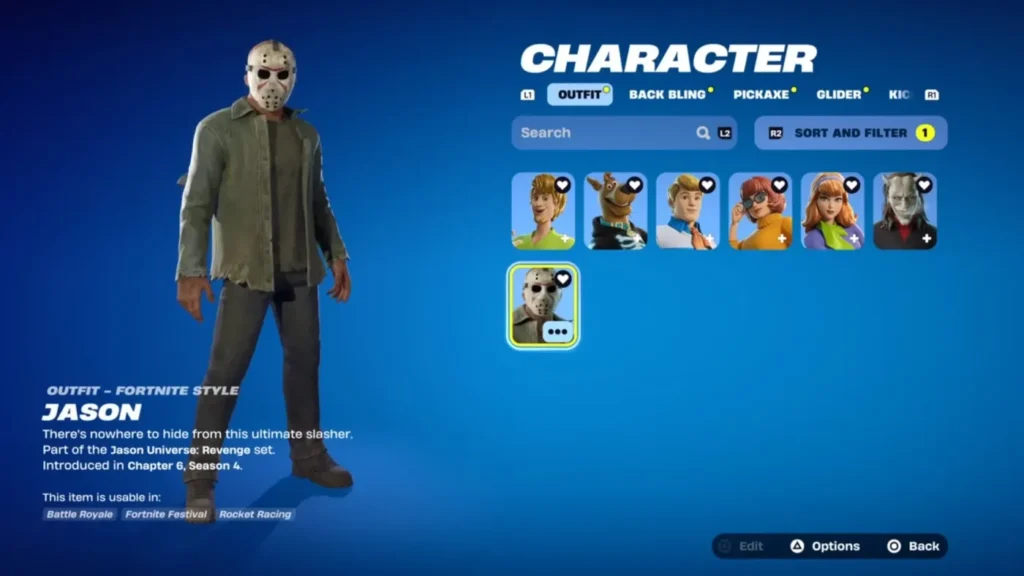
Give players real tools and they will surprise you. UEFN did two important things. It raised the ceiling on what a Fortnite island could be, and it created a pathway for brands and small teams to publish without building an audience from zero. That dynamic is why the ecosystem can outpace any single studio’s output. It also ties into a wider industry trend where smaller teams punch above their weight.
In practice, this means we are seeing entire genres spawn inside Fortnite. Horror maps, narrative adventures, even puzzle RPGs now live inside the same launcher. It blurs the boundary between games and platforms much like modding did for the RPG scene we covered in Baldur’s Gate 3’s modding guide, proving that creativity always scales faster when players are trusted to lead.
Culture, Crossovers, and the Feedback Loop
Fortnite crossovers are not just fan service, they are marketing pipelines that point in both directions. Artists get a stage, brands get a world, players get toys that move between modes. Sometimes the tone of a franchise shifts and fans push back, which is a conversation we covered in Borderlands 4’s humor shift. The lesson is simple. Collaboration works best when it respects why players showed up in the first place.
This steady churn of new icons keeps Fortnite culturally relevant. It is a conversation engine as much as a game. One week you are dancing next to Darth Vader, the next you are building a base with LEGO bricks. It is playful chaos that rewards curiosity and conversation, the same kind that defines BuiltToFrag’s coverage of long-running community hits.
Player Trust, Fairness, and Moderation
Any platform that spans ages and regions needs guardrails. Anti cheat and account security are part of the pitch. Epic has been aggressive about bans and legal pressure when needed, a stance we unpacked in Epic Games’ anti cheat crackdown. The healthier the environment, the safer it is to invite brands and newcomers.
Maintaining fairness is also key to Fortnite’s long-term appeal. Epic’s consistent enforcement policies make casual players feel protected while creators feel confident investing time into their projects. It is the silent infrastructure that holds the flashy crossovers and updates together, similar to how PC mod communities self-police to survive.
Performance Still Matters on PC
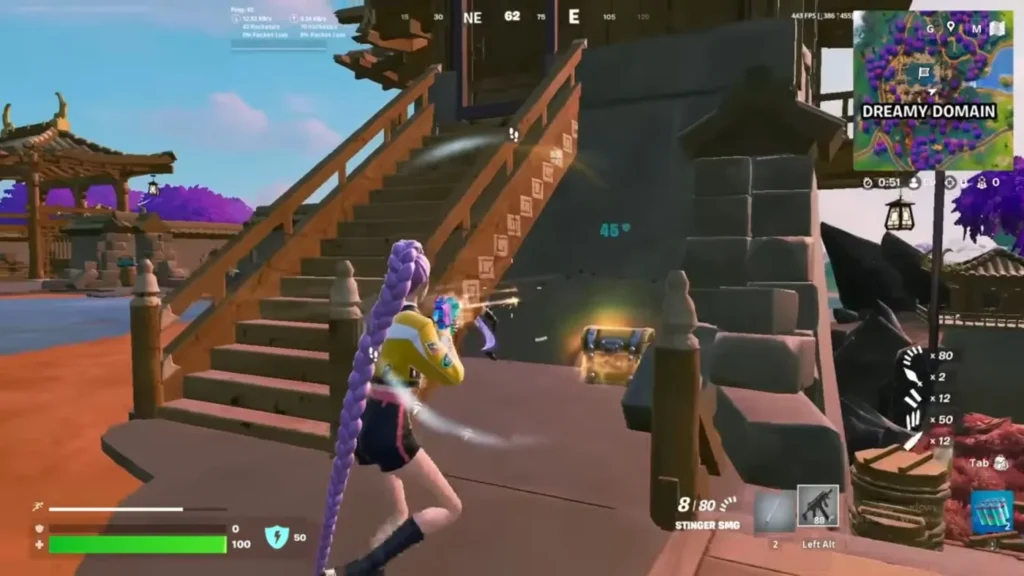
Under the hood, Unreal Engine updates ripple through every mode. New features are great, but they compete with frame time. If you are returning on PC, check your monitoring setup and verify thermals, clocks, and frame pacing. Our guide can help you get the basics right. See monitoring temps and performance for a fast checklist.
Fortnite might run on almost anything, but squeezing the best frame consistency still takes work. Small tweaks in driver settings and GPU power plans can shave milliseconds off latency. For a game that relies on quick edits and reaction time, that difference is everything. It is also a reminder that hardware awareness remains a quiet advantage for serious PC players.
Fortnite as Part of a Longer PC Story
Some games burn bright then fade. Others evolve, get modded, and earn a second life. Fortnite sits closer to the second camp, not because of mods in the classic sense, but because the ecosystem keeps expanding the reasons to return. For more on why certain PC games refuse to die, read PC gaming’s timeless legacy.
That continuity ties Fortnite to the lineage of living PC worlds like Minecraft, Garry’s Mod, and even Skyrim. The tools change, but the philosophy stays the same: keep giving players agency and they will keep the lights on. Fortnite just happens to be the most polished version of that idea yet.
What New and Returning Players Should Try First
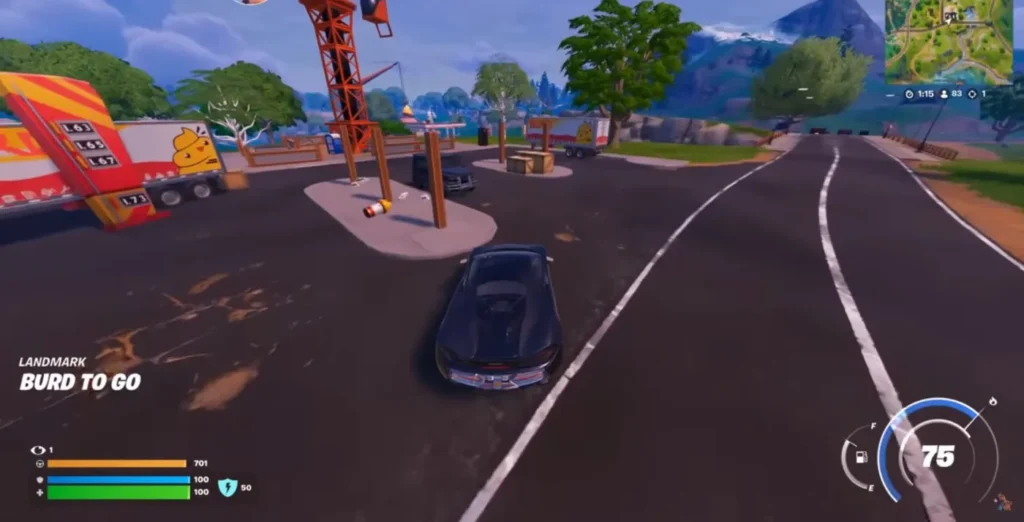
- Pick your lane. Decide what you want tonight, competition, building, music, survival, or racing. The platform supports different moods.
- Use the friends graph. Fortnite shines as a shared space. Try a new mode together, then swap when the vibe changes.
- Check the current event. Seasonal content and big updates shift the meta and the map. The official feed lists what is live today. See Epic’s official Fortnite updates.
- Mind the basics. On PC, verify drivers, cap frames for consistency, and monitor temps to avoid surprise throttling. Start with a stable baseline, then tune.
If you want to make sure your system stays smooth while exploring every mode, revisit our quick breakdown on monitoring temps and performance. It’s simple, practical, and keeps your sessions lag-free while hopping between Fortnite’s ever-growing experiences.
Lessons for the Industry
- Single loop is fragile. Multiple genres and social anchors reduce churn.
- Creation compounds. Tooling plus incentives produces more content than a single studio can ship.
- Crossovers need care. Audience fit matters more than headline names.
- Distribution is strategy. Control the rails, lower friction, grow the pie.
Fortnite’s evolution is a case study in controlled chaos. Epic learned to let players run wild without losing sight of quality. That balance is why it still dominates headlines while others fade out. For more perspective on studios adapting their tone and scope, check out our feature on Borderlands 4’s tonal shift and how audience expectations evolve with each generation.
Where Fortnite Goes Next
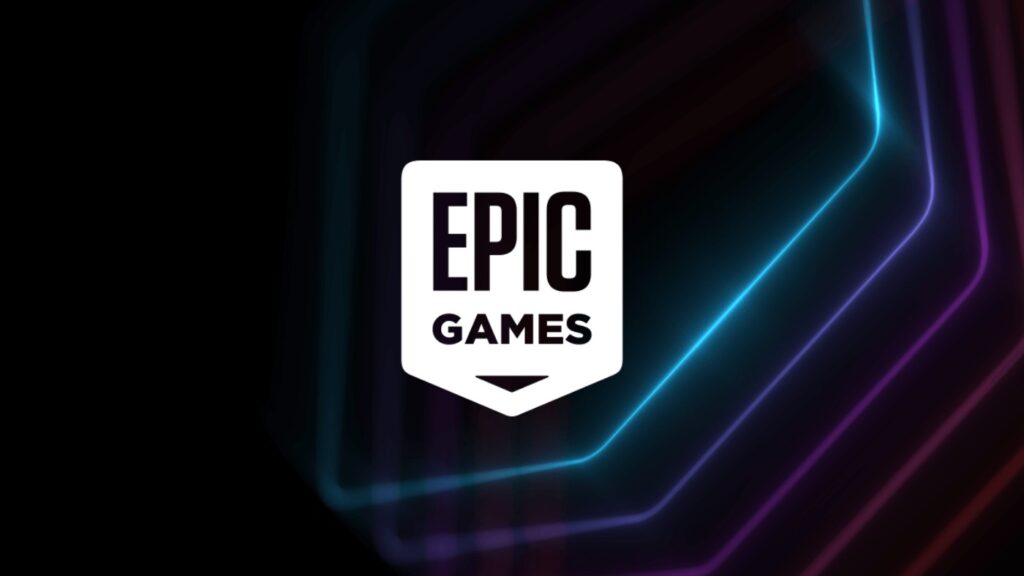
Expect smarter events, deeper creator monetization, and more seamless movement between modes. AI driven encounters and voice systems will continue to experiment. Cloud try now flows will make it easier for new players to sample the ecosystem before committing a download. If you want a pulse on current community and seasonal beats, TechRadar tracks notable shifts and roundups. Browse their recent Fortnite ecosystem coverage for timely context.
The bigger picture is that Fortnite has become its own platform loop. As long as creation tools evolve and players have a stage, it will keep reinventing itself. Much like the persistent worlds we’ve dissected in our PC legacy feature, Fortnite proves that the future of gaming belongs to spaces that never truly end.
Where the Loop Comes Full Circle
Fortnite started as a sharp twist on a popular mode, then evolved into a platform that treats genres like playlists. That shift explains its reach and its staying power. Whether you want competition, creation, or a place to meet up, the platform has an answer. When a game turns into a world, the question is not if you will log in, it is which door you will open first.
What do you think about The Evolution of Fortnite? Has Epic taken it too far, or is this exactly where gaming needed to go? Drop your thoughts, favorite memories, or your wildest creative builds in the comments below. Let’s see how many different ways this world keeps reinventing itself.
